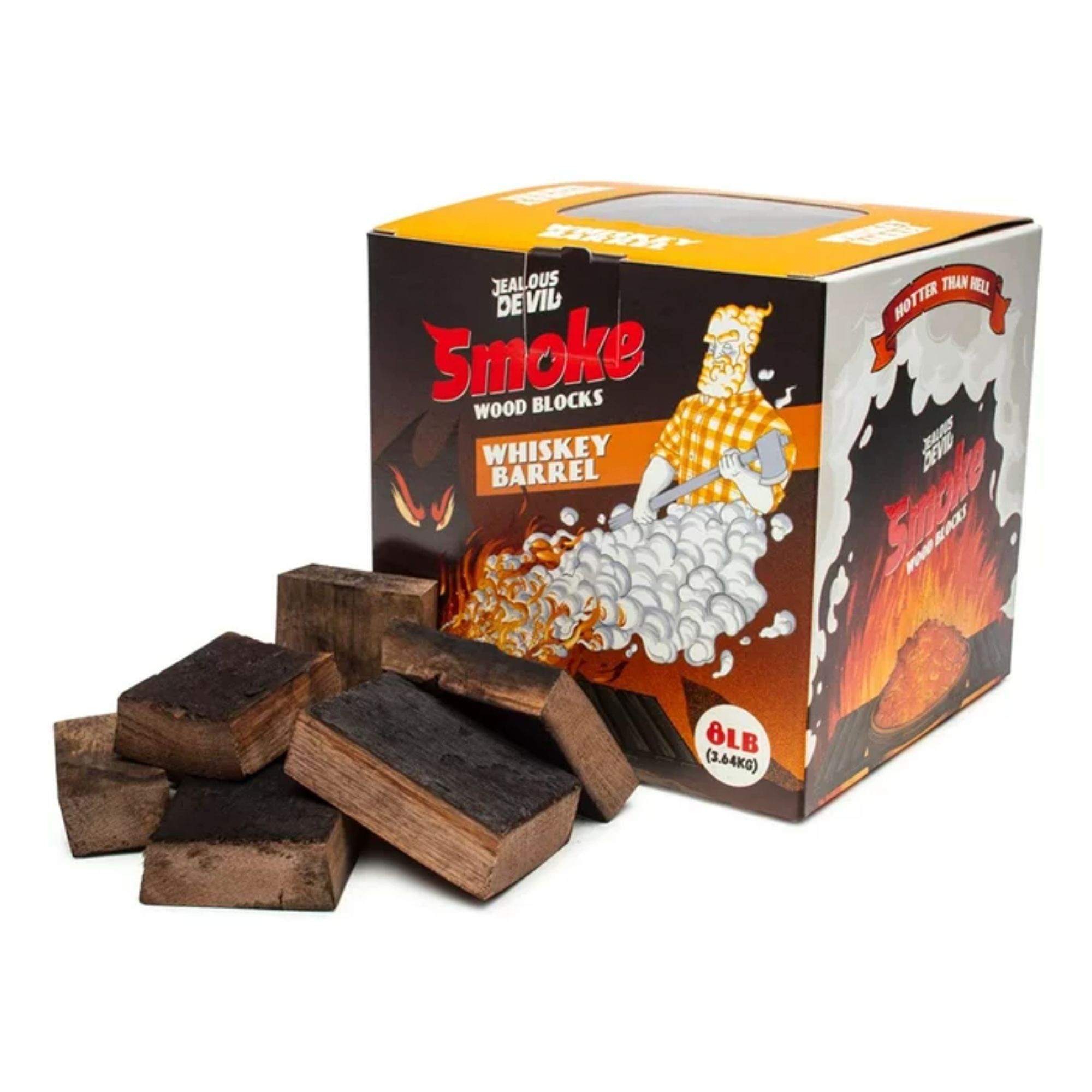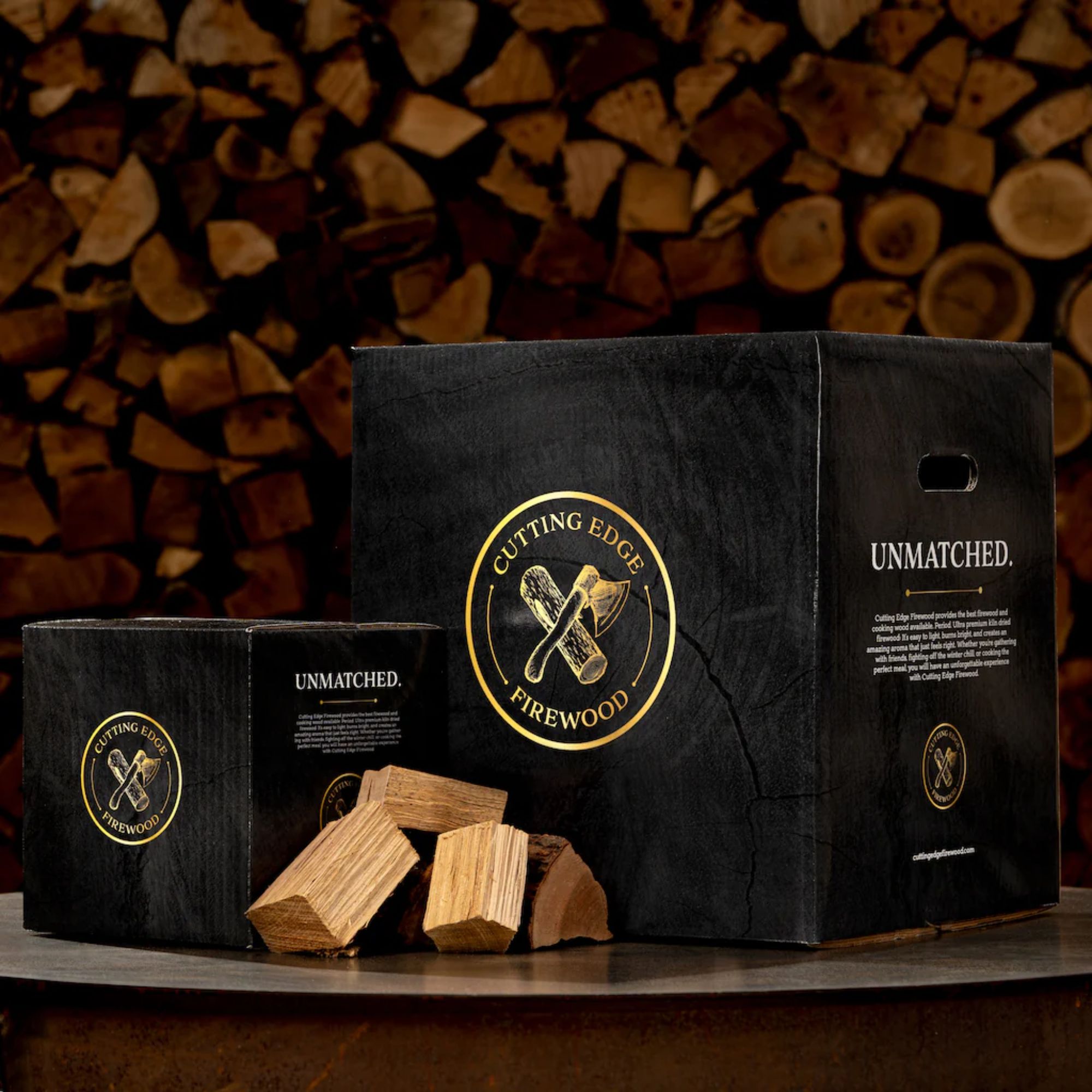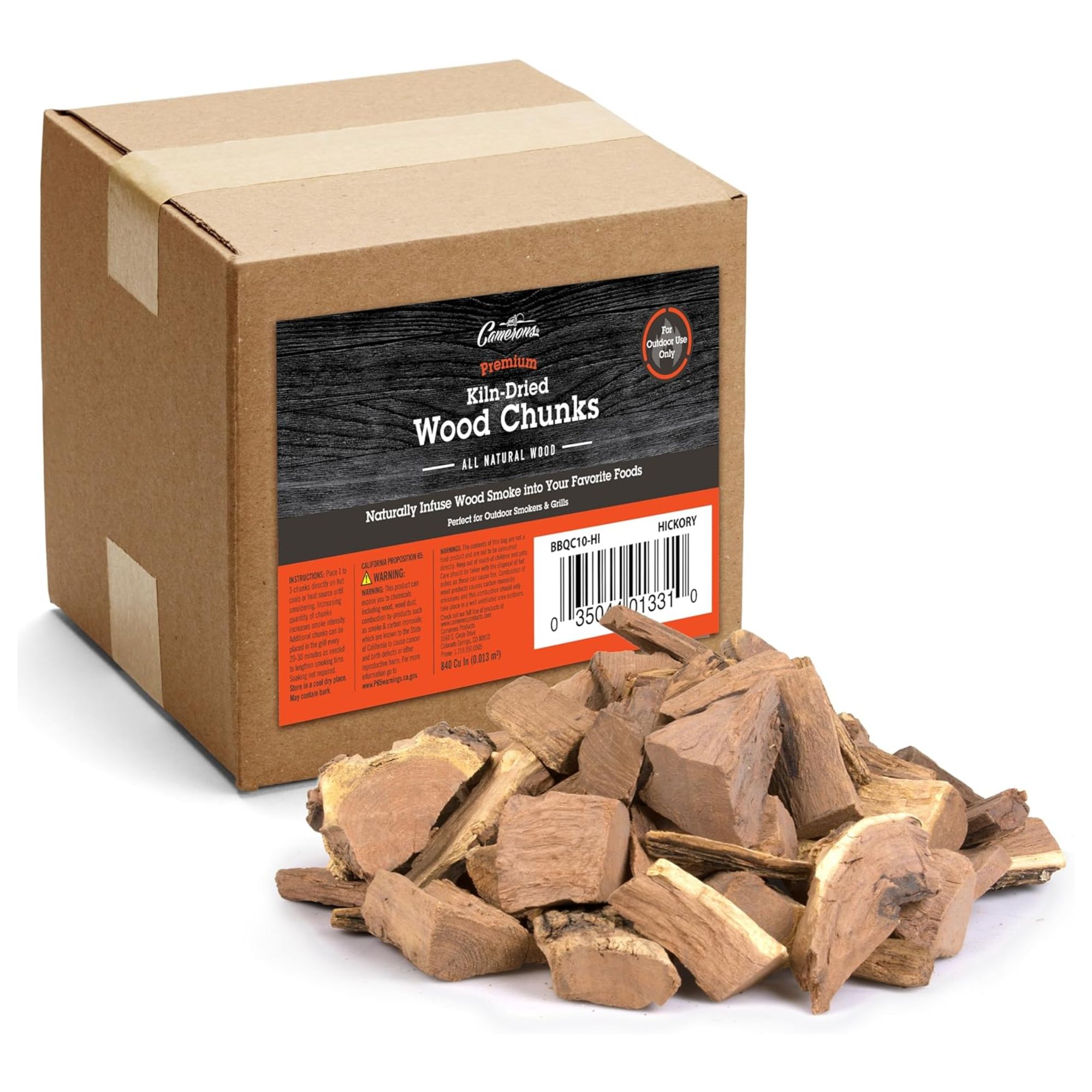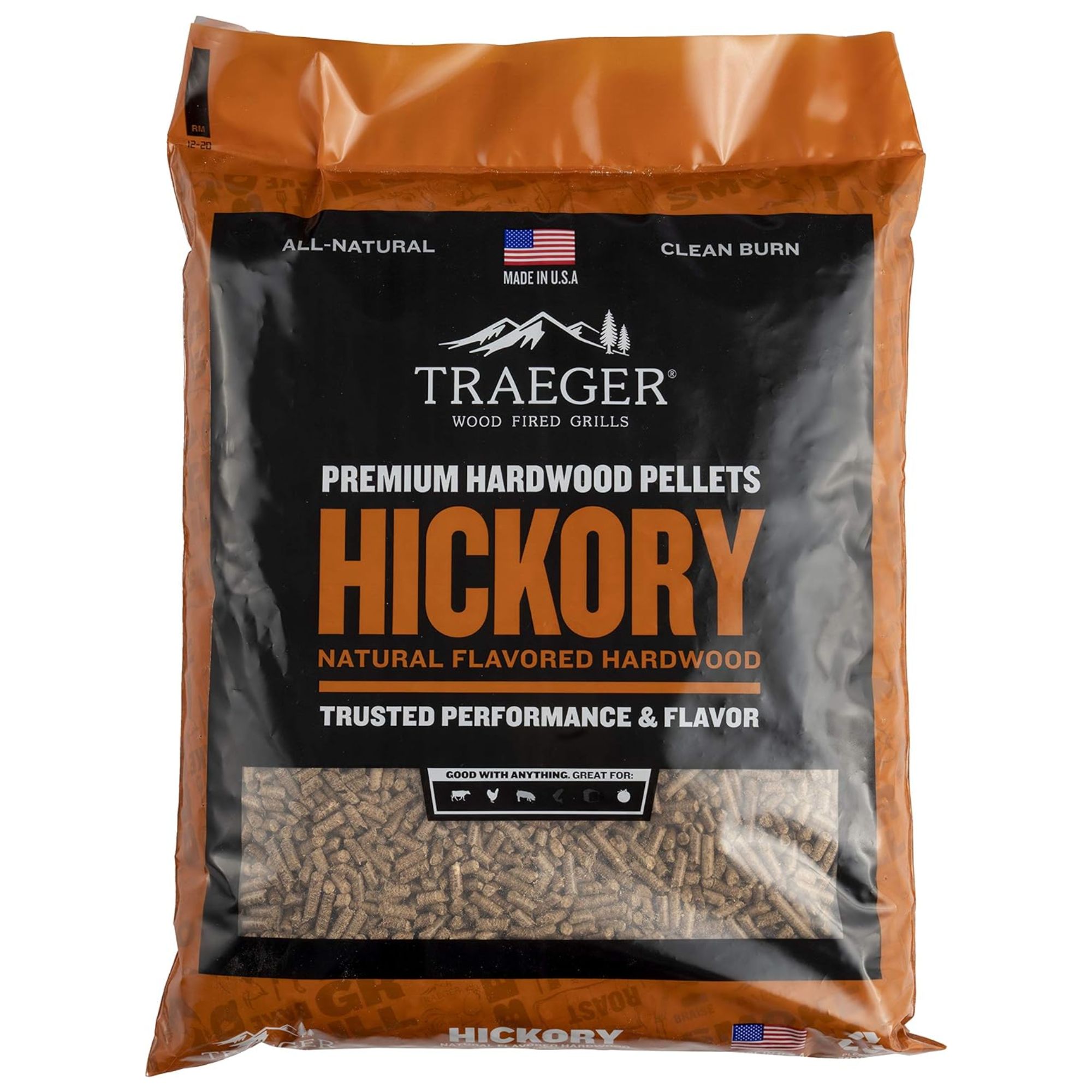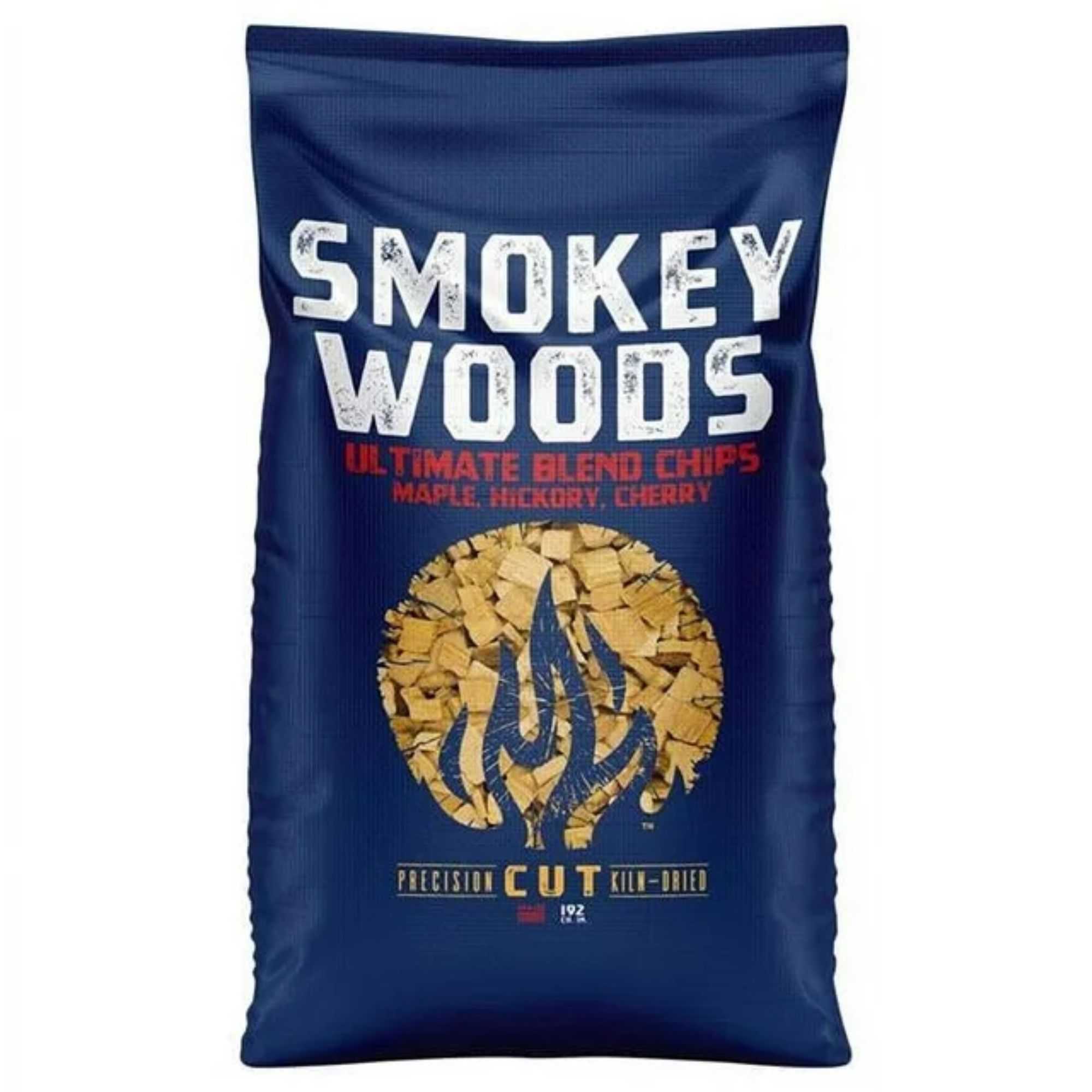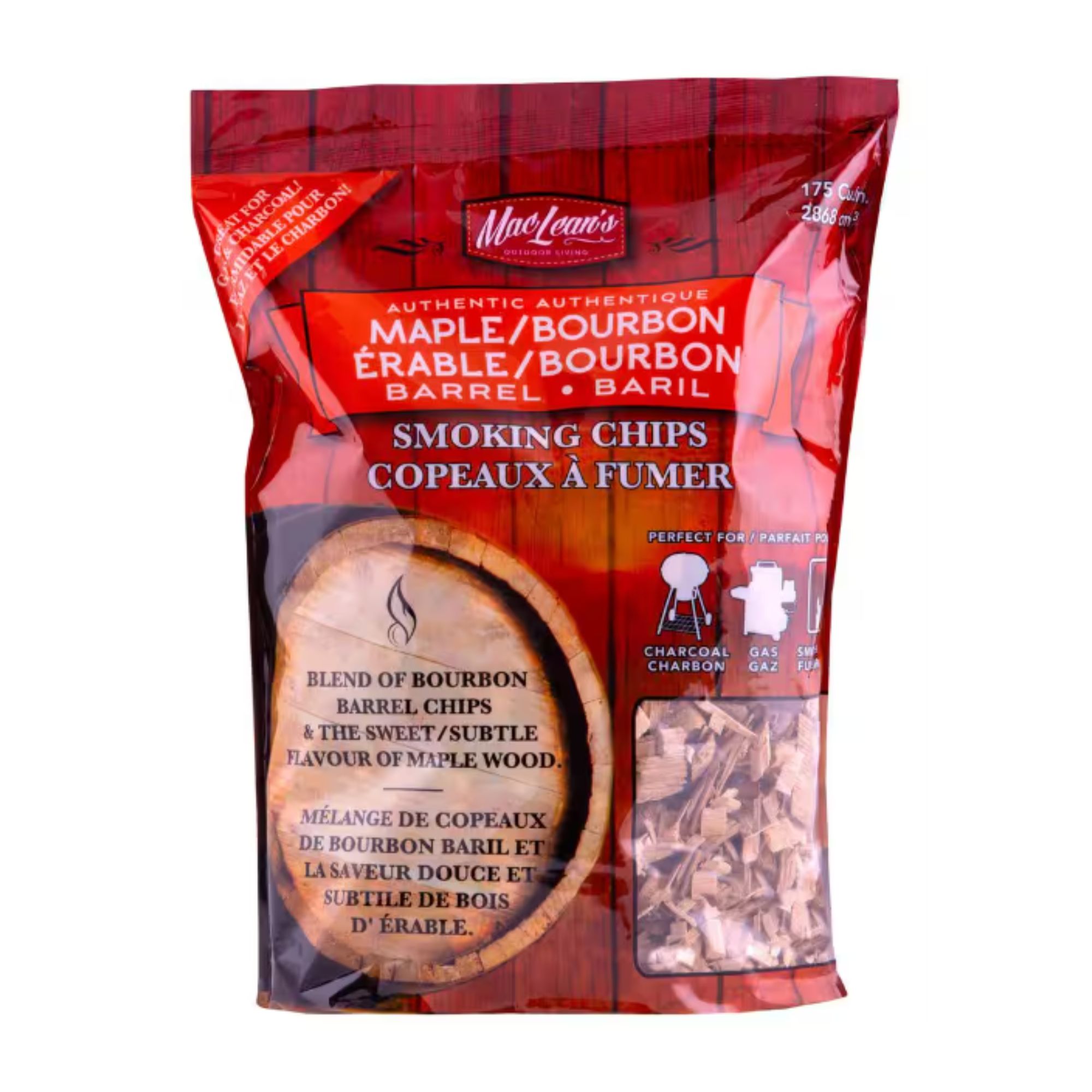Best wood for smoking – expert tips to improve your grilling
I spoke to pitmasters and firewood experts to find the best wood for smoking
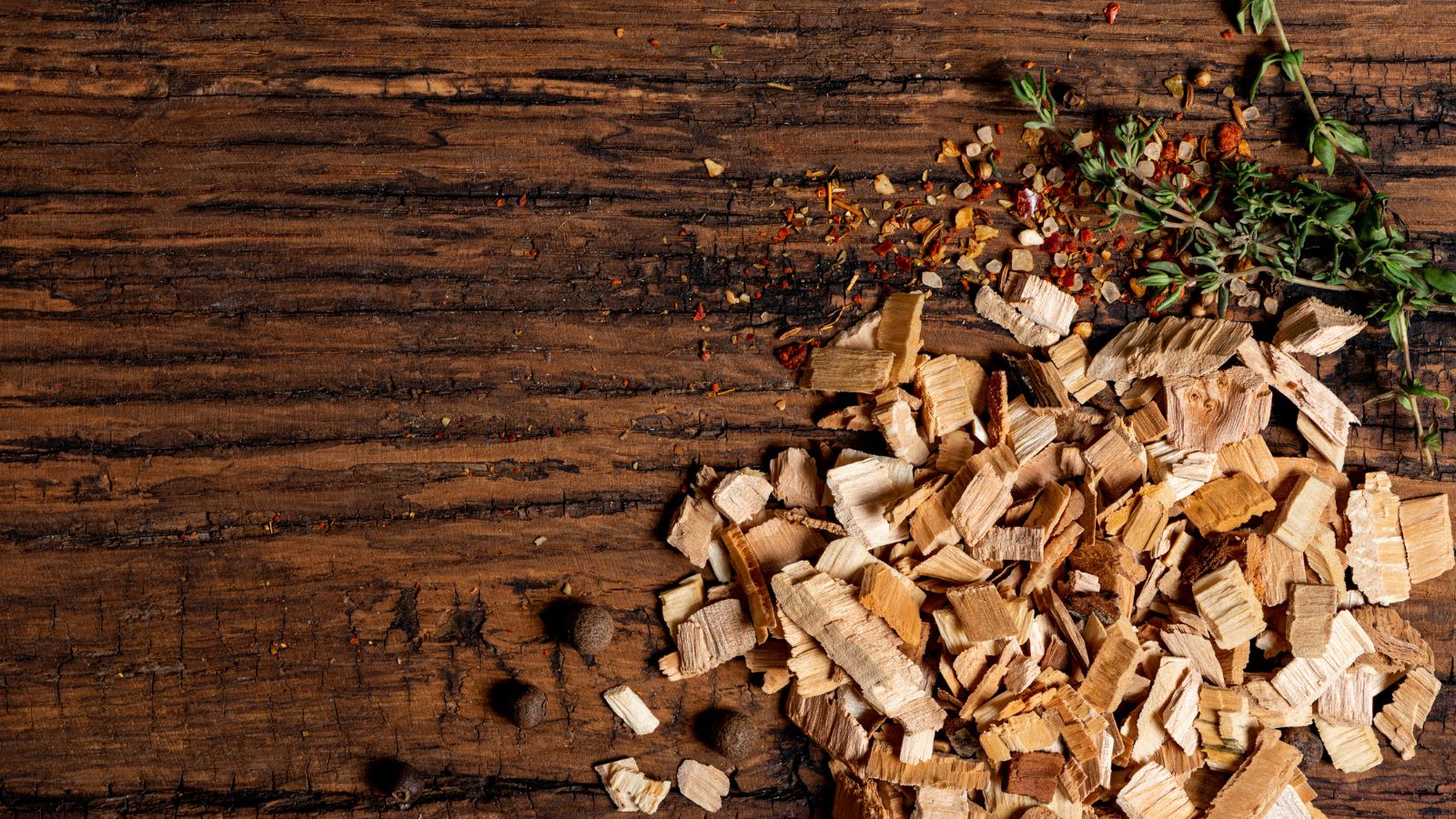
- What are the benefits of oak?
- What are the drawbacks of oak?
- What are the benefits of hickory?
- What are the drawbacks of hickory?
- What are the benefits of maple?
- What are the drawbacks of maple?
- What are the benefits of cherry?
- What are the drawbacks of cherry?
- Best smoking wood for beginners
- Best smoking wood for those on a budget
- The experts' favorite wood
- FAQs

As we head through spring and the weather gets warmer, many of us will break our smokers out of storage for family cookouts.
However, if you're new to smoking, it can be daunting to navigate the different types of wood. The world of grilling is packed with marketing jargon, and wood can be expensive. If you don't know what you're doing, it's easy to drop a lot of money on fancy wood that doesn't suit your ingredients or your smoker.
I've tested dozens of the best grills and smokers over the years, so I know which woods work best. Better than that, I've spoken to a huge range of smoking experts – from barbecue champions to chefs to lumber tradesmen – to get the lowdown on the best wood for smoking. While no one species takes the crown, it's worth learning the benefits and drawbacks of the different wood species to take your cooking to the next level.
What are the benefits of oak?
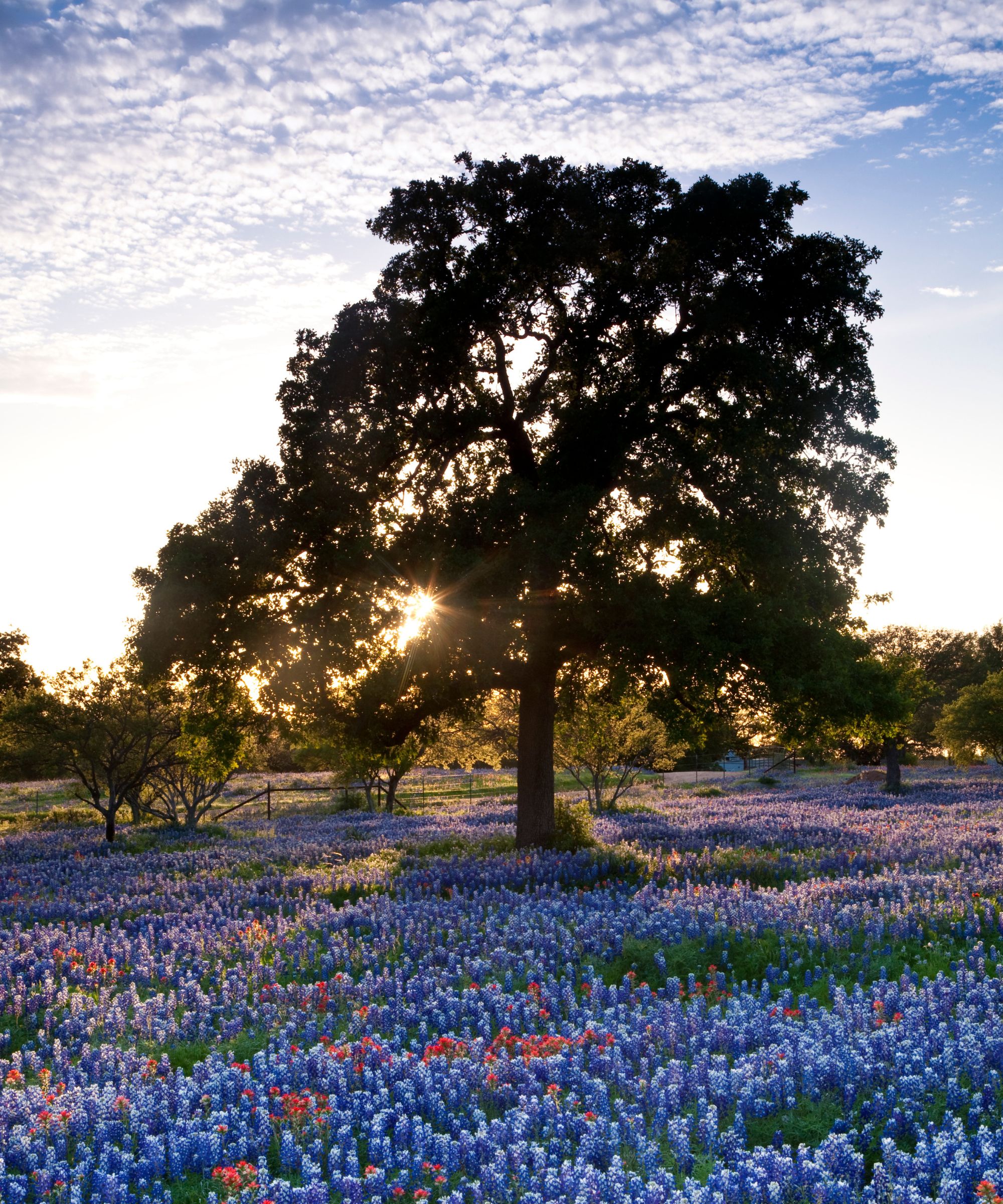
Oak is by far the most common type of wood for smoking, and grill expert Wes Wright told me that oak is his favorite. That's because 'oak produces a good smoke flavor without being too overpowering. It also tastes good on pretty much any type of meat, so it’s very versatile.' Grilling expert Allan Kiezel agrees, and told me that 'Oak is probably the most common type of wood and provides a nice amount of smoke flavor without overpowering your food'.
However, it's not just any old oak. The experts I spoke to were unanimous about the best oak species. Post oak like this from Amazon is a staple of Central Texas barbecue. It's durable, easy to come by, and burns slowly and consistently. If you treat it well, post oak can be stored for years without rotting.
Barbecue champion and winner of Food Network's 'BBQ Brawl' Erica Roby swears by post oak. She says: 'Hands down, the best wood for smoking meat is post oak. Oak is slow-burning and consistent. It won’t overpower the natural beauty of beef, but will impart a subtle and delicious smoky flavor.'
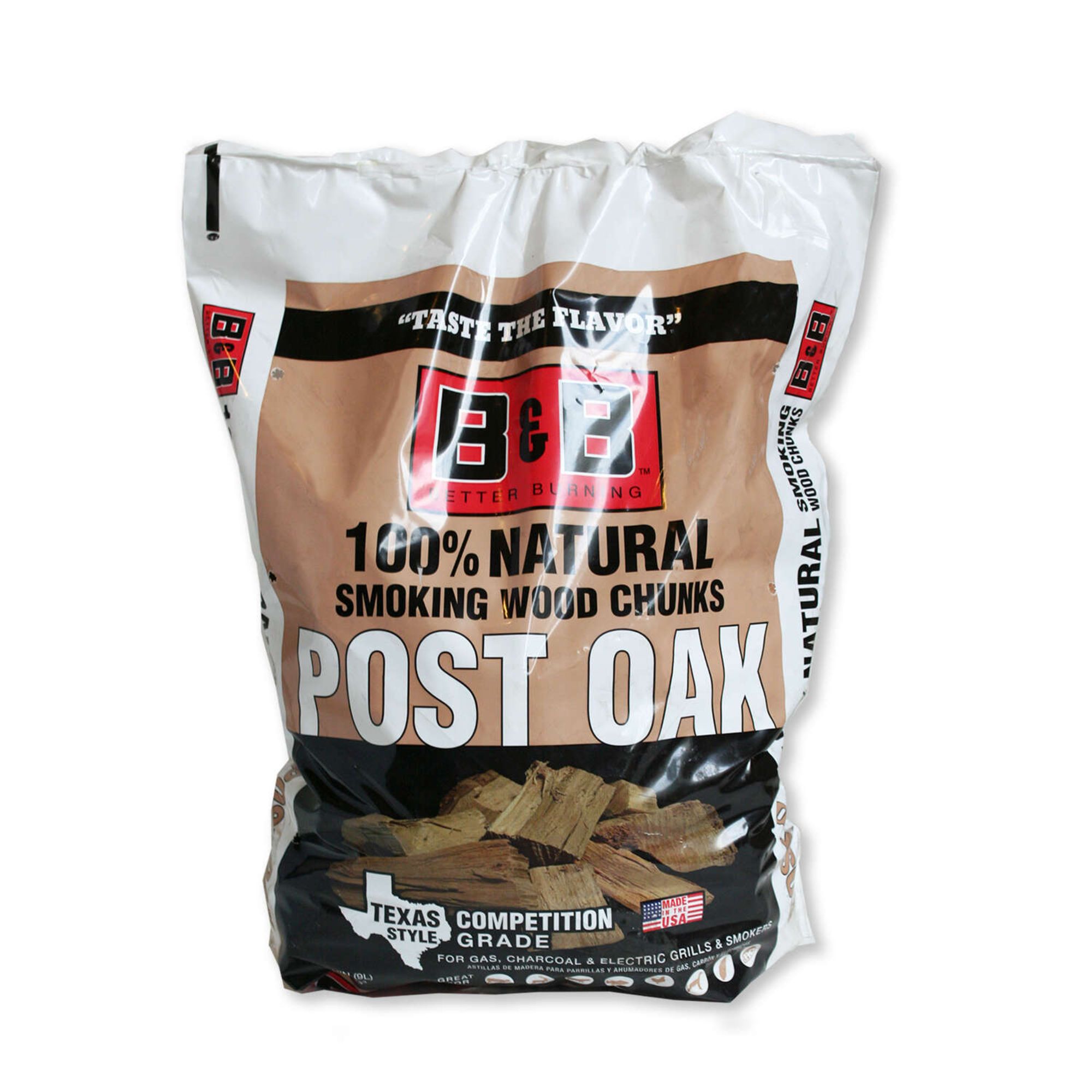
You don't need anything fancy to smoke with oak. These B&B post oak chunks are simple, clean chunks of wood, but have rave reviews, and come at a fair price.
What are the drawbacks of oak?
The drawback of oak is that it's a little basic. It's among the most common woods for smoking, so if you want to take your smoking to the next level, you may find that oak doesn't quite cut it.
Oak also offers a subtler flavor. While it's grill expert Wes Wright's favorite, he told me that 'if you’re doing a quick cook like grilling steaks, it might not produce enough smoke flavor. Some people prefer to use hickory for that because it has a much bolder flavor.' Firewood expert Leroy Hite put it much more strongly: 'Oak does not have a particularly distinguished or unique flavor.'
Unseasoned oak is hard to work with. Erik Sandven, Executive Chef at Alisal Ranch, told me: 'Oak is incredibly versatile and can be paired with many different foods, but it also contains a lot of tannins, which can make meat bitter if not used properly.' Make sure you buy properly dried or seasoned oak, and if you cut it yourself, season it for six months before you smoke with it.

Wes is the founder and CEO of CookOut News, an outdoor cooking industry news media company.
What are the benefits of hickory?
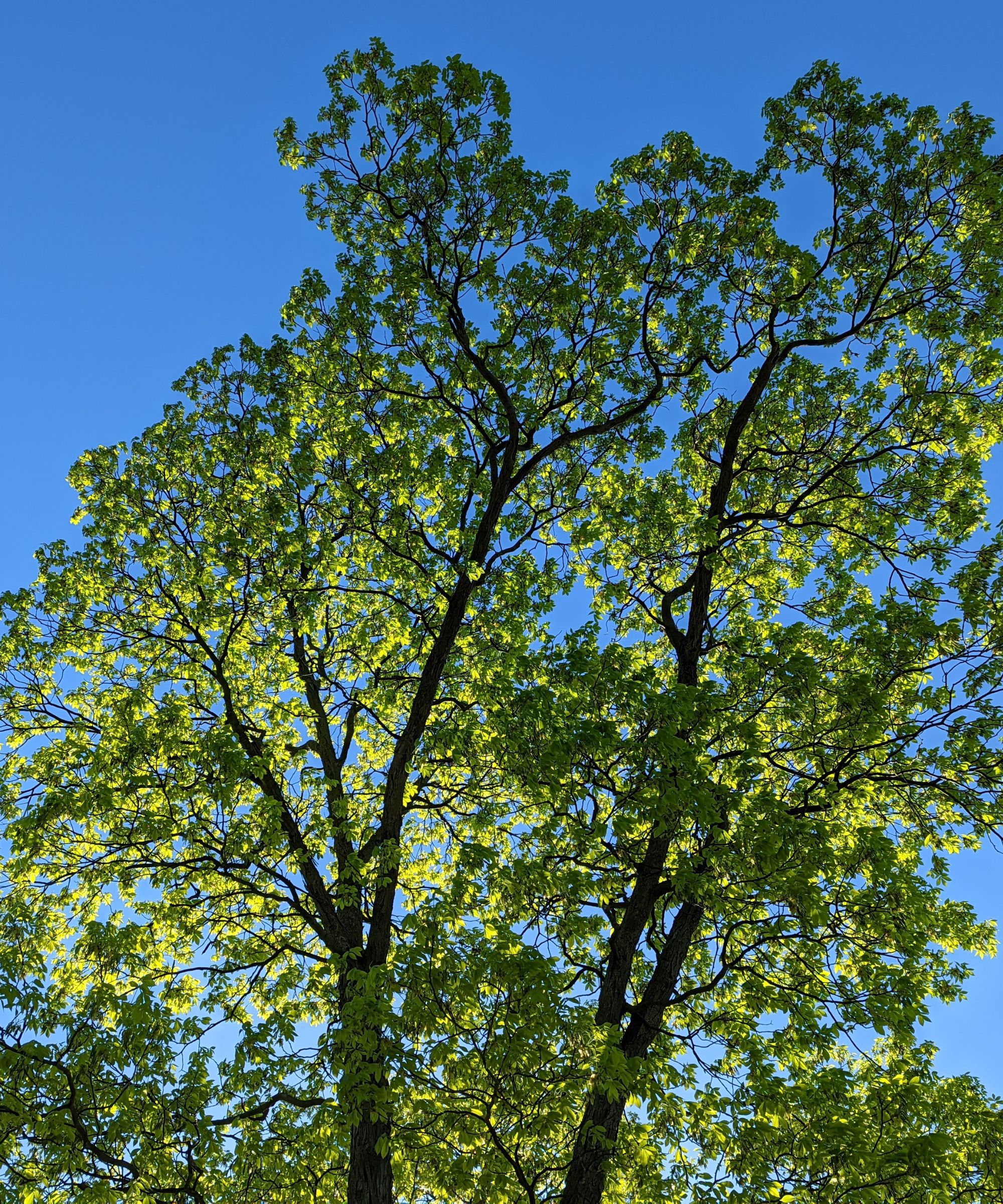
Former professional chef Scott Carter told me that hickory is often referred to as 'the king of smoking woods'. It's the essential wood for Kansas City barbecue, and it's among the strongest and most complex wood smokes out there.
Wood expert Leroy Hite told me that 'Hickory is my go-to choice with beef. Since beef doesn’t absorb much flavor, you must pair it with a bold flavored wood smoke like hickory.'
Best of all, hickory is widely available, so it's one of the cheapest woods out there. You can get a 20-lb bag of hickory pellets from Lowes for $11.99.
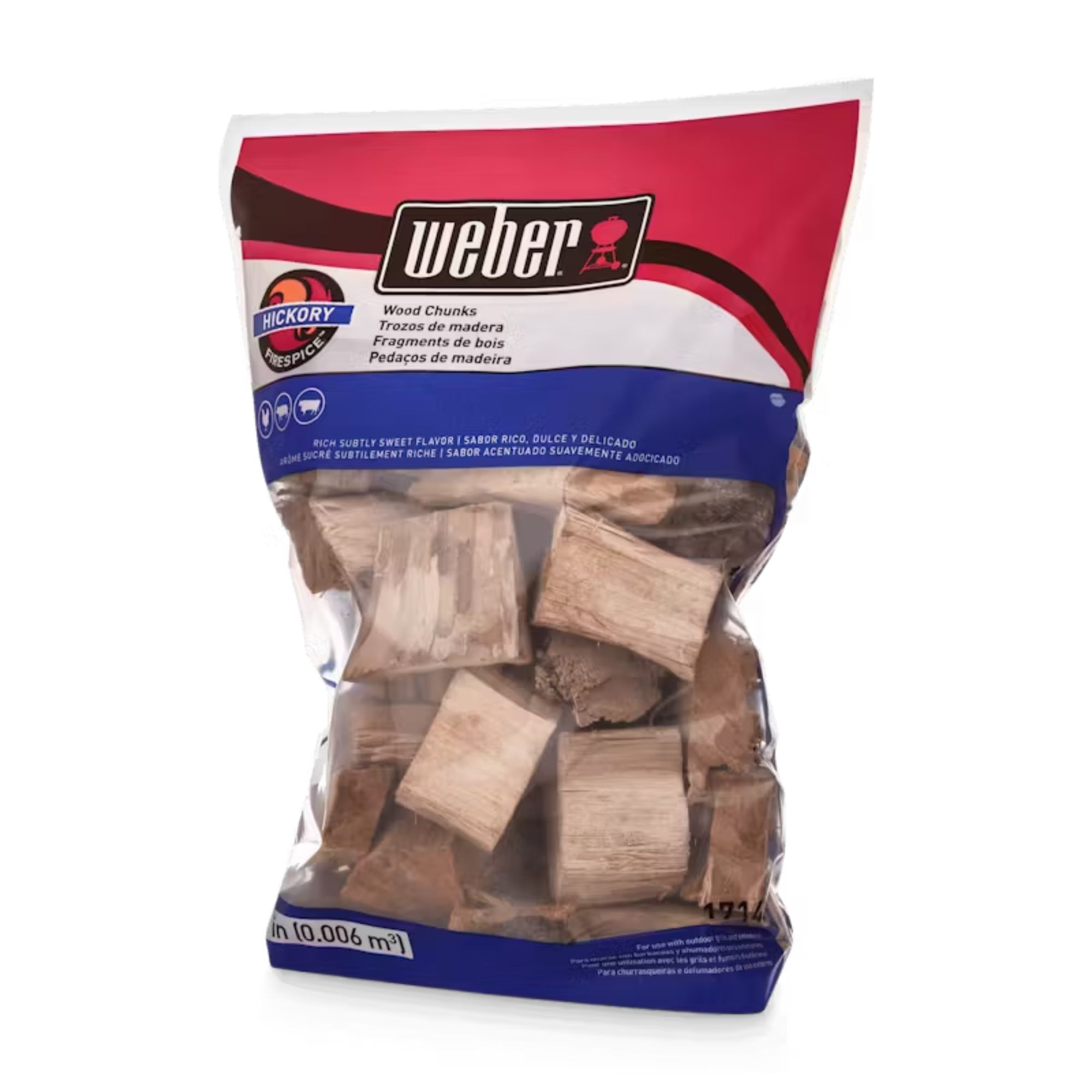
Weber make some of my favorite grills and smokers, so it's no surprise that they also sell high-quality smoking wood. This simple bag of hickory is all you need to transform beef and large game recipes.
What are the drawbacks of hickory?
If anything, hickory is too good of a wood. The only real drawback with hickory is that it's a very strong flavor. If you get it wrong, hickory will be the only thing anyone's tasting in your pork butt.
Leroy Hite told me that 'Hickory can overpower a mild protein like fish. If you love hickory flavor and insist on using it for fish, you can use just a small amount to infuse a little hickory flavor. It’s easy to overpower leaner proteins with hickory wood – so be careful.'

Leroy is founder and CEO of Cutting Edge Firewood. Leroy is an expert on firewood, starting and maintaining a fire, species of hardwoods and proper firewood preparation. He is also an expert on cooking wood, including the pairing of species with proteins, what type of wood pairs with types of grills or smokers, wood smoke as an ingredient, proper cooking techniques using wood as fuel source, and using wood for pizza ovens and portable pizza ovens.
What are the benefits of maple?
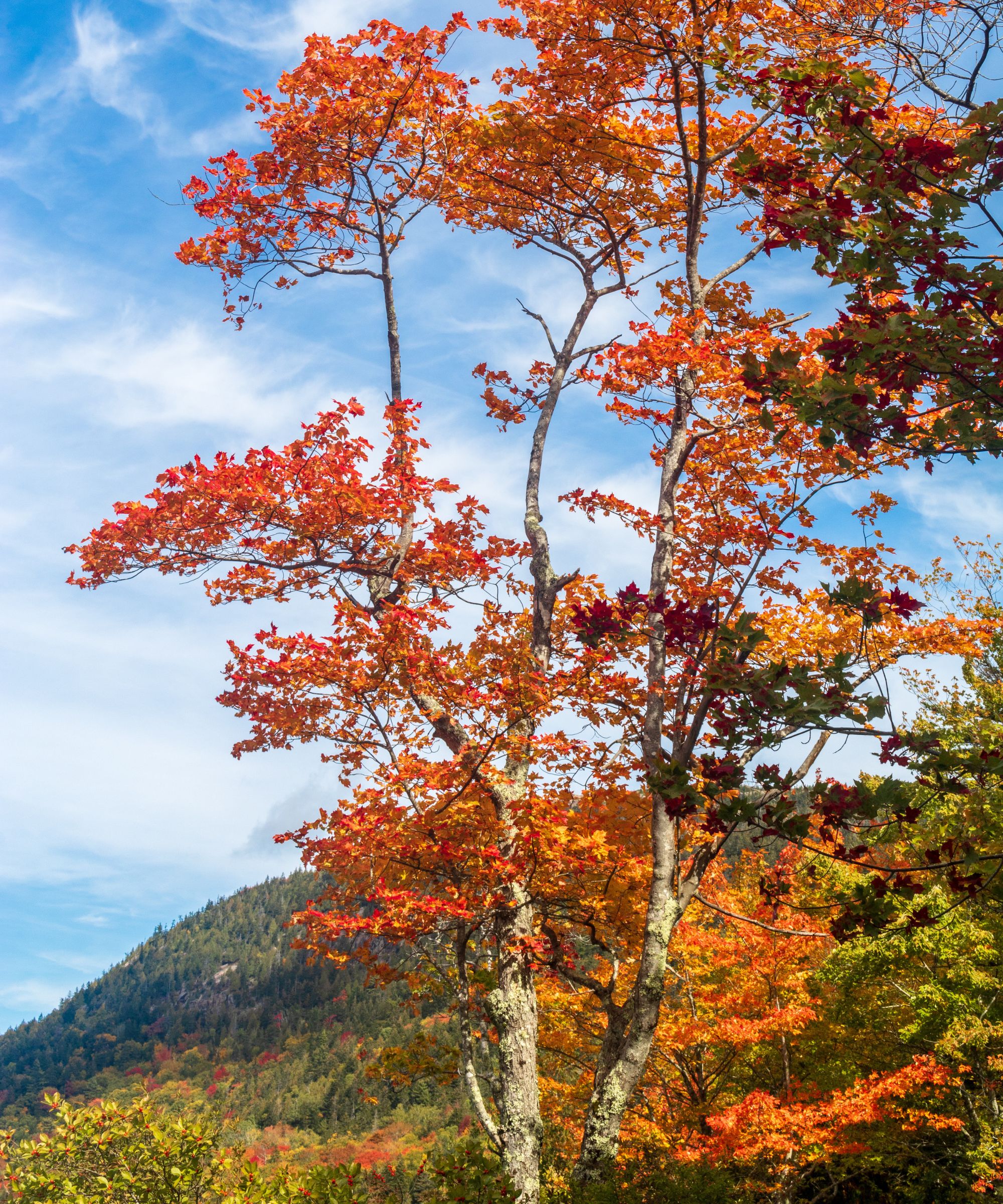
Maple is great for smoking lighter ingredients. Wes Wright says: 'Maple produces a lighter smoke flavor than other woods. That makes it good for food that has a delicate flavor like cheese or some fish.'
These characteristics also make it a good choice when smoking poultry. Leroy Hite agrees, and told me that 'maple is subtle, sweet and is an excellent choice for deserts and bacon'.
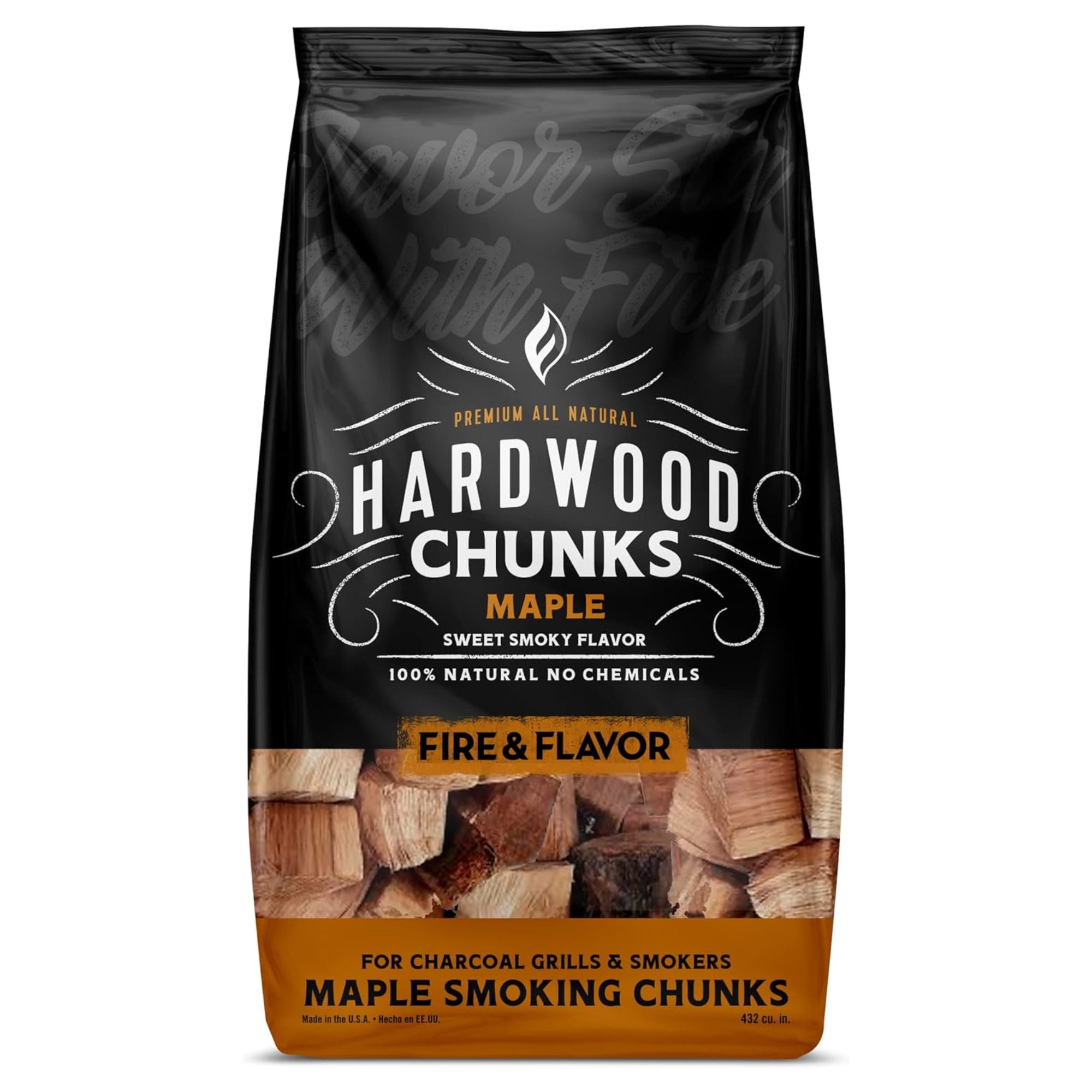
This 4-lb bag of maple wood is perfect for smoking delicate fish and cheeses.
What are the drawbacks of maple?
This same light flavor is maple's biggest drawback. You need a lot of maple to impart a strong flavor to your food. Texan pitmaster Barrett Black told me that maple 'burns fast and takes a lot to get any unique flavor benefits.'
Erica Roby agrees: Maple 'will not give a big smoky flavor for bigger cuts of meat or long cooks.'
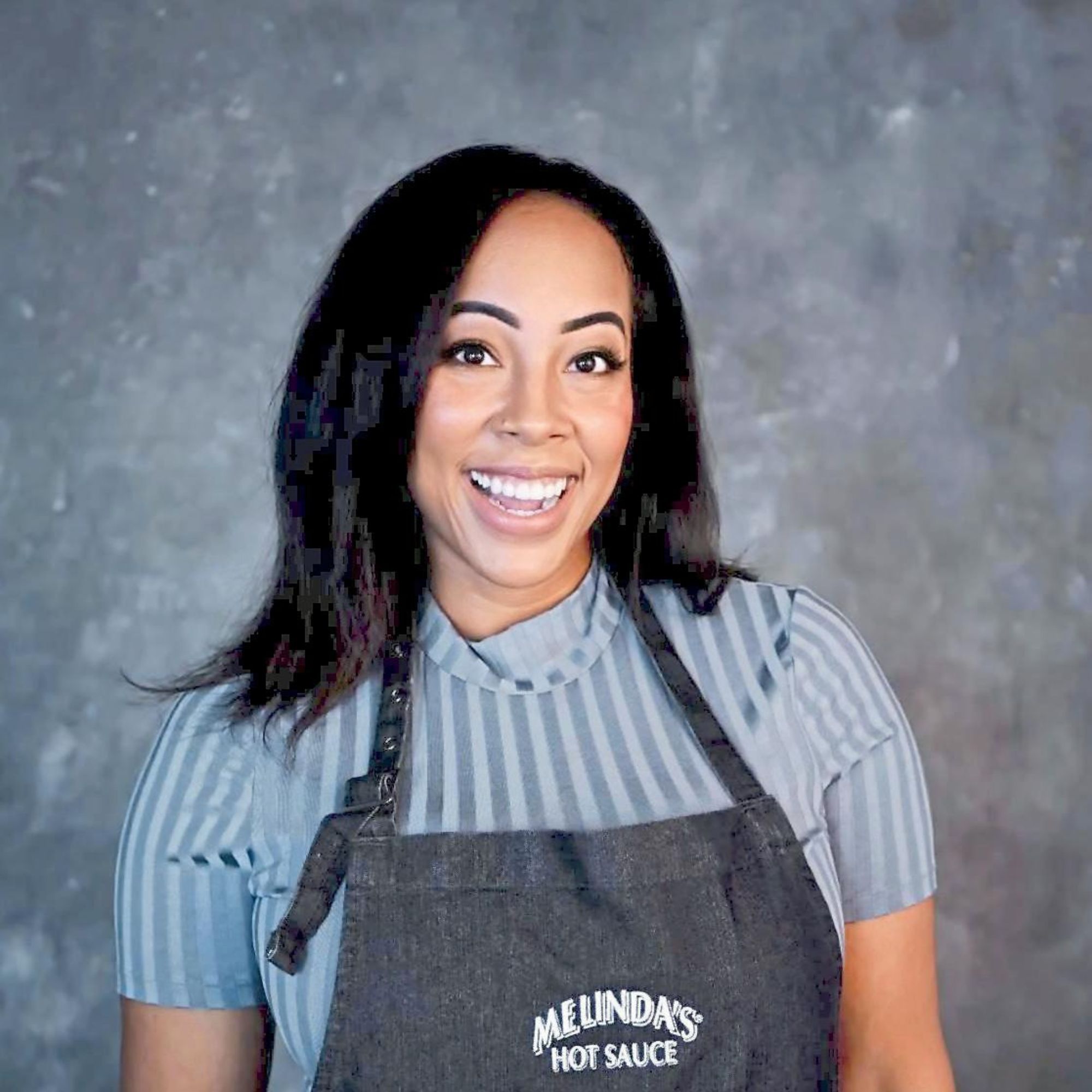
Erica Roby is one of the country’s leading female pitmasters, winner of Food Network’s 'BBQ Brawl' and tied for 1st in brisket at the World Championship BBQ Cooking Contest.
What are the benefits of cherry?
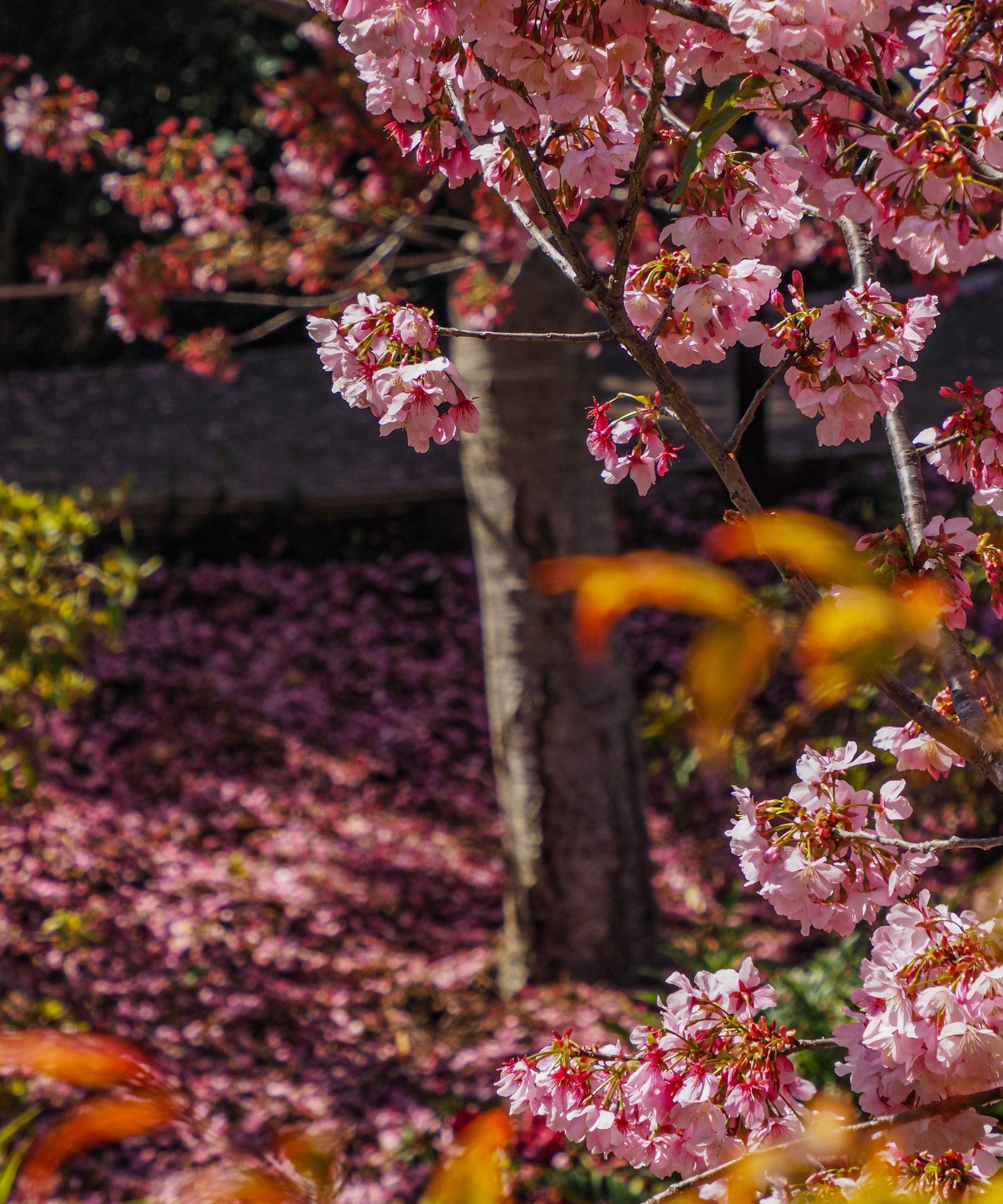
Cherrywood is great for introducing a little sweetness to your food. Barbecue champion Erica Roby says cherry is 'the queen of flavorful smoke and robust color. Cherry wood is divinely fragrant and goes hand in hand with pork dishes and beef roasts. It adds great color to all meats.'
Homesteader and recipe writer Lindsey Chastain told me: 'Cherry wood chips give off a tart, fruity smoke bouquet. I love cherry wood for glazing lighter meats like chicken for a unique flavor. The mildly tangy flavor also balances fatty cuts nicely.'
This lightness also makes it a good choice when smoking fish. Chef David Figueroa adds: 'Cherry wood is fantastic for poultry, fish, and pork. It offers a subtler smoke compared to oak or mesquite, adding a lighter touch to your meats.' Cherry wood is easy to find - you can grab a box of cherry wood like this at Walmart.
What are the drawbacks of cherry?
Like maple, cherry can be too light, and you need a lot of it to work. Leroy Hite says while cherry is one of his favorite woods, it won't work for beef. He says: 'In my experience, cherry becomes most everyone’s favorite wood once they’ve tried all the wood species. It has a smokey, sweet flavor that works on most every protein or dish prepared on the smoker. The downside to cherry is that the flavor is not strong enough to impart into beef.' He recommends mixing cherry with a bolder woodsmoke, like hickory, to maximize the flavor.
Another drawback is that cherry can be too sweet. Though the flavor is light, it's easy to overdo it and end up with fruity food. It's great for fatty meats, and grilling expert Allen Kiezel particularly recommends it for pork and ham, but if you mishandle it, your food might become a little sickly sweet.
Best smoking wood for beginners
If you're a beginner, it's not just the species of wood that's important, but the type. Grilling expert Allan Kiezel gave me some great tips. First, identify the type of smoke you're working with. 'In smaller offset smokers and Kamado-style grills, you’ll want to use wood that is much smaller in size and has very low moisture content.' He told me that this is because it stops the wood from smoldering and making heavy white smoke which leads to bitter food.
He suggests that if you're new to smoking, try working with small chunks first so that you can work out how much smoke you like to use. You can add it in with lump-style charcoal and work your way up to bolder flavors. If you have a large smoker, you can use larger chunks of wood. Seasoned is best, but if you're starting out, kiln-dried is fine.
Once you've identified what you need, most experts recommend working with oak. It's simple to work with, easy to source, and works well with almost any ingredient.
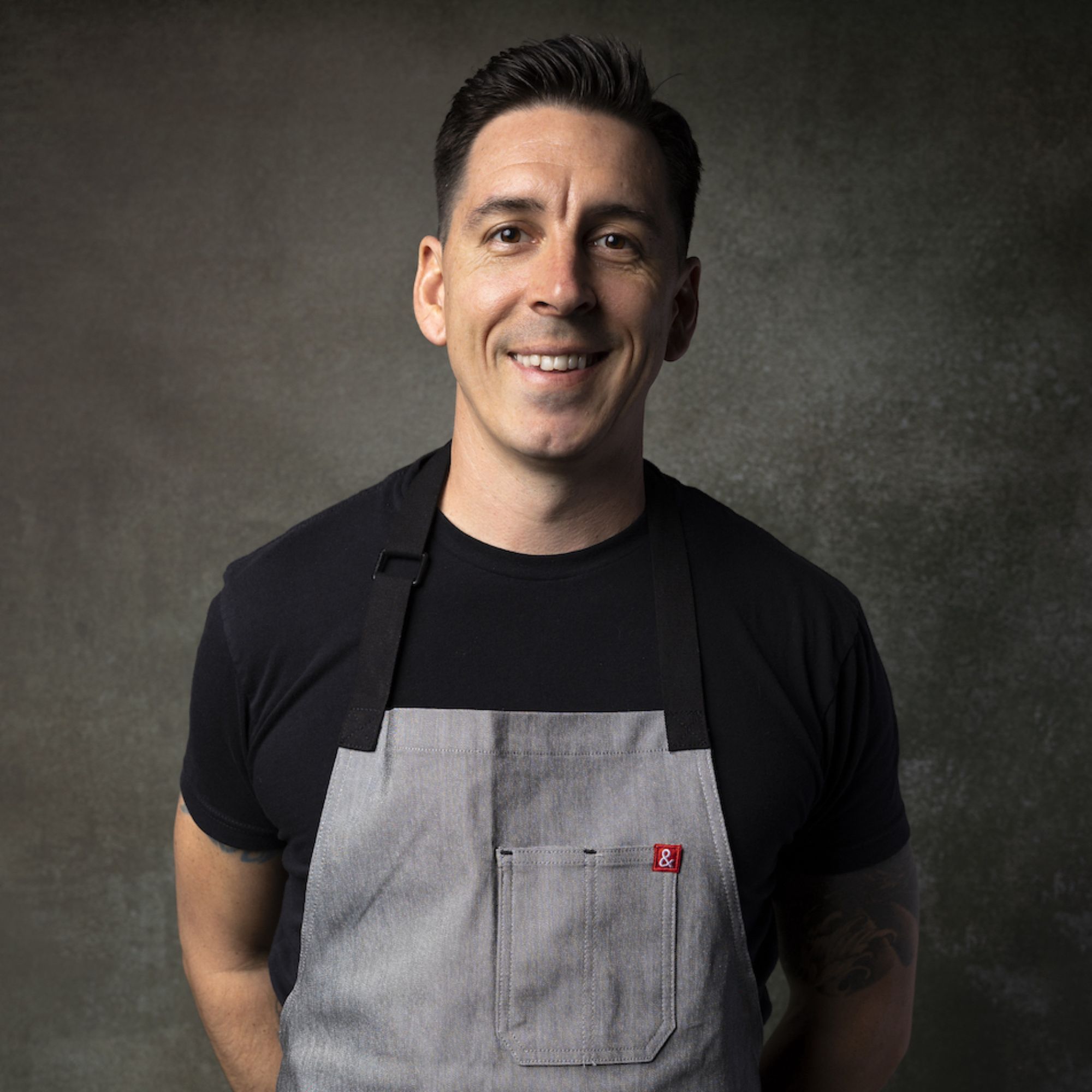
Allan runs a BBQ website, where he shares tips and recipes for smoking and grilling.
Best smoking wood for those on a budget
If you're working on a tight budget, hickory is probably your best bet. It's the strongest flavor pound-for-pound and even if it wasn't, it's one of the cheaper woods. Most retailers sell their bags of wood for around the same price, but when prices scale up, hickory tends to be the cheapest.
Another tip from grilling expert Wes Wright is to work with the tree species native to your area. While it's relatively cheap to find decent oak and hickory, Wes told me that if you know there's a particular tree common to your area, you might be able to strike a better deal with local sellers than you'd get by buying online.
The experts' favorite wood
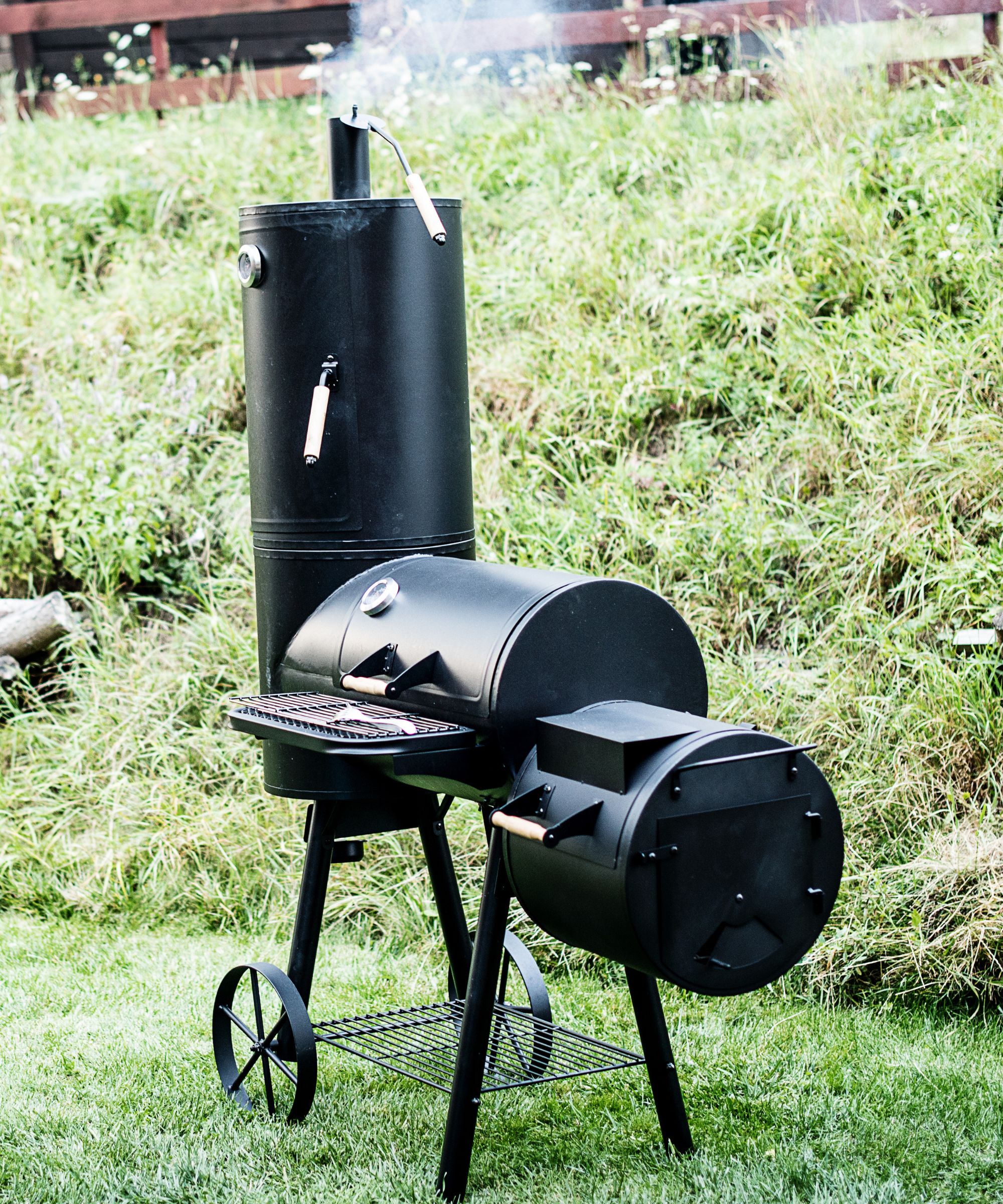
While most of the experts recommend oak, I found some surprising choices. For example, pitmaster and owner of Bear Creek Smokehouse, Robbie Shoults, told me that pecan is his favorite wood for smoking.
He says: 'It's indigenous to our area and the wood imparts a sweet, rich, nutty flavor that is perfect for poultry, but still strong enough for beef and pork.' He also thinks it's a great choice for beginners, as it is 'usually readily available across the country and I consider it to be a medium level of smokiness'.
Chef David Figueroa agrees. He calls pecan 'the Swiss army knife of hardwoods for smoking. It's widely used in restaurants cooking over wood, and growing up in New Orleans, it's always been readily available.' Pecan is easy to find online - you can grab a bag of pecan chunks at Walmart.
However, lots of experts don't just recommend one wood, but a mix. Grilling expert Allan Kiezel told me that he uses a mix of cherry and oak 'to add a hint of sweetness and provide a nice reddish tint to the finished meat. It will really make your turkey stand out on Thanksgiving.' Allan also recommends a mix of maple and oak for poultry or cheese.
FAQs
How do I season smoking wood?
This one is easy: leave it alone. Put your wood somewhere relatively warm and dry, and leave it slowly dry out for months.
Should I soak my wood before smoking?
Soaking wood before smoking is a myth. Too much moisture will ruin the flavour of your smoke. Do not soak your wood before smoking.
For more help with smoking, check out which type of grill is best for your cooking style, or my reviews of the best grills and smokers.
Sign up to the Homes & Gardens newsletter
Design expertise in your inbox – from inspiring decorating ideas and beautiful celebrity homes to practical gardening advice and shopping round-ups.

As a gardens and lifestyle contributor, Alex makes sure readers find the right information to help them make the best purchase. Alex got his start in reviewing at the iconic Good Housekeeping Institute, testing a wide range of household products and appliances. He then moved to BBC Gardeners’ World Magazine, assessing gardening tools, machinery, and wildlife products.
-
 I tried the baking soda trick to quickly and naturally clean my outdoor rug – it’s now set for Easter outdoor hosting
I tried the baking soda trick to quickly and naturally clean my outdoor rug – it’s now set for Easter outdoor hostingBaking soda is perfect for lifting dirt and debris
By Eve Smallman
-
 Drew Barrymore's striped sofa is her most elegant design to date – it oozes East Hampton elegance in time for summer 2025 (and is under $384)
Drew Barrymore's striped sofa is her most elegant design to date – it oozes East Hampton elegance in time for summer 2025 (and is under $384)This subtly striped linen sofa anchors any living room while feeling light and casual – it looks so much more expensive than its price tag
By Megan Slack
